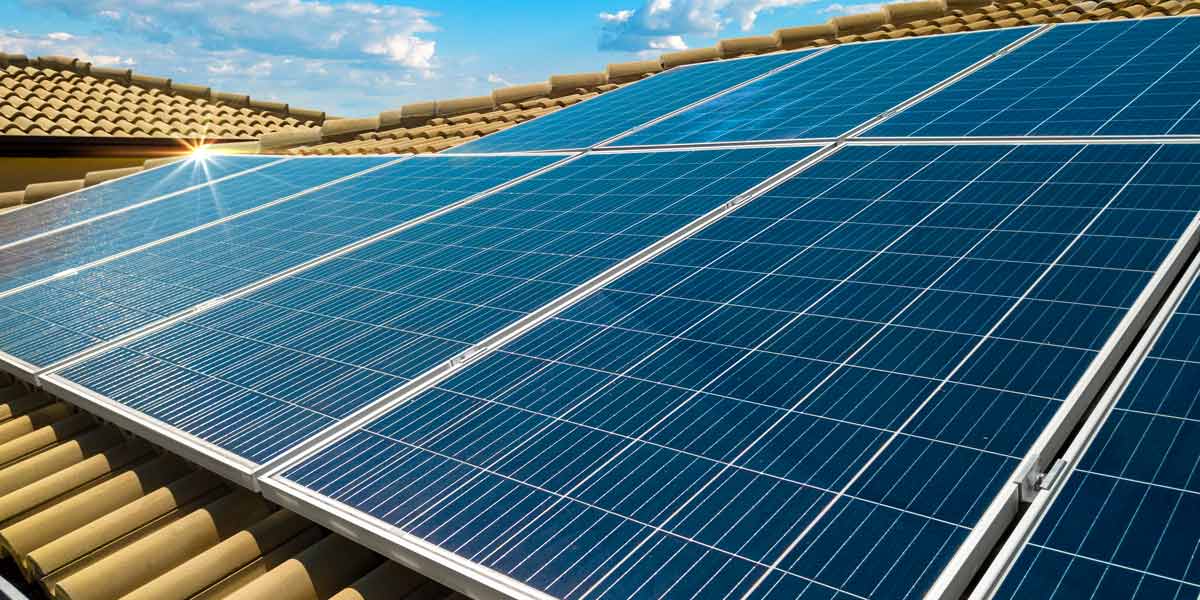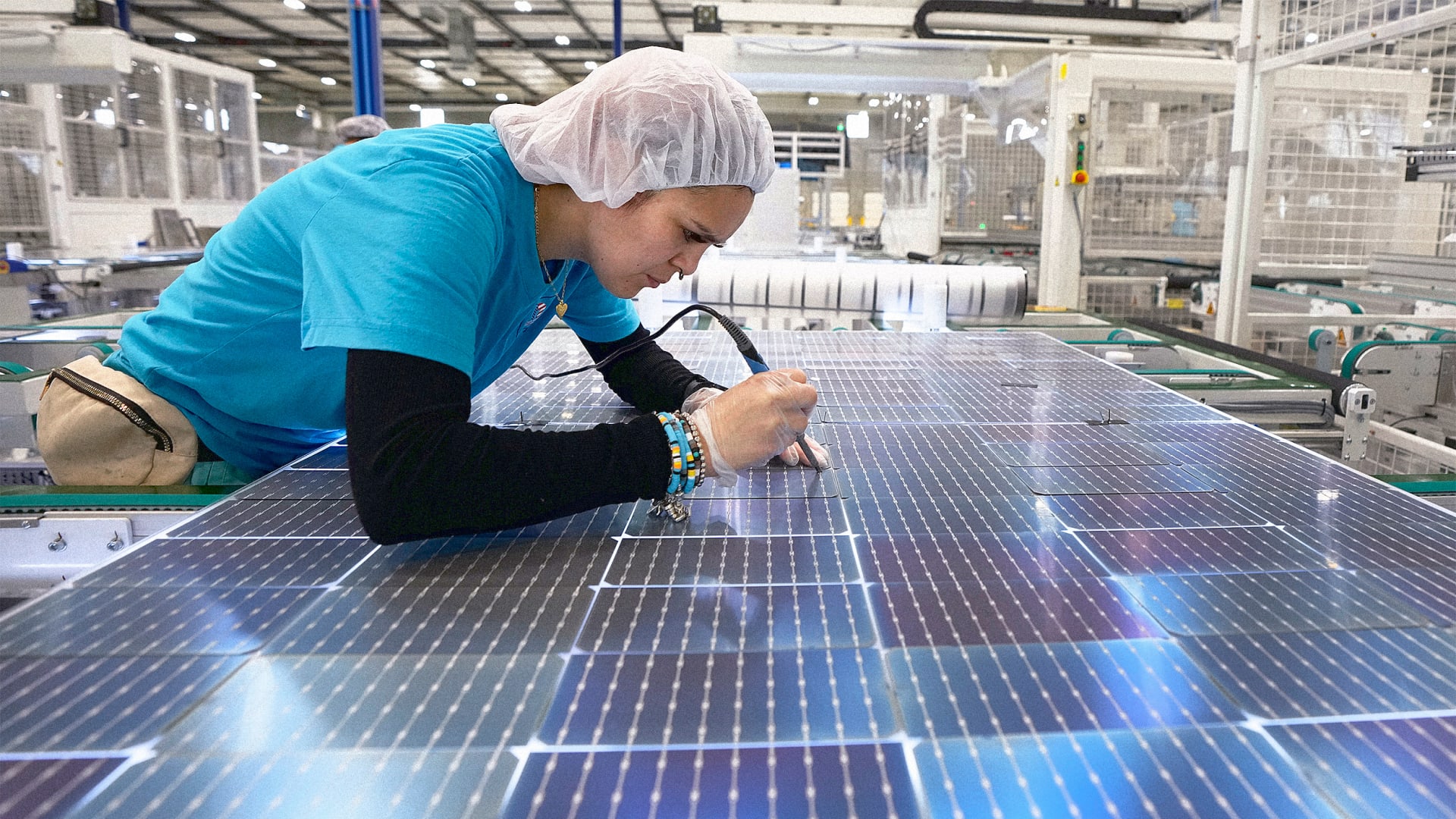Getting My Residential Solar Panels Virginia To Work
Tesla Solar Installer Virginia: Lumina Solar Concentrates On Offering Advanced Photovoltaic Solutions For Houses And Companies
History and Establishing
Have you ever wondered how a photovoltaic panel business springs from a mere trigger of motivation into a powerhouse of sustainable energy? It typically begins with a vision-- one sustained by a mix of development, determination, and a pinch of serendipity. The journey of lots of solar companies mirrors the development of the technology itself: from bulky, inefficient panels to sleek, high-efficiency marvels harnessing the sun's bounty.
The Early Days
In the late 20th century, when solar power was still a niche concept, pioneers planted seeds for what would end up being an international motion. Think of a little workshop filled with curious engineers, relentlessly try out solar batteries. Their enthusiasm was palpable, often driven by a desire to fight climate modification and reduce reliance on fossil fuels.
One such anecdote has to do with a founder who, influenced by a camping trip, recognized that even in remote locations, the sun could power vital devices. This easy observation triggered a company's mission to equalize access to tidy energy.
Establishing Principles

- Development: Continually pushing the limits of solar technology to enhance efficiency and resilience.
- Sustainability: Committing to eco-friendly manufacturing and decreasing carbon footprints.
- Availability: Making renewable resource solutions inexpensive and useful for daily users.
Turning points in Growth
| Year | Secret Event |
|---|---|
| 1985 | Business founded in a small garage, focusing on research study and advancement. |
| 1995 | Commercial solar panel item launched, gaining local attention. |
| 2005 | Expanded to worldwide markets, welcoming worldwide renewable energy goals. |
| 2015 | Presented innovative photovoltaic panel innovation with boosted energy conversion. |
Isn't it remarkable how these incremental steps, often neglected, shape the energy landscape today? The solar panel company story is not simply about innovation; it's about a ruthless quest for a brighter, cleaner future.

Developments in Solar Panel Technologies
Ever noticed how some photovoltaic panels gleam brighter and last longer? It's not magic; it's the science of photovoltaic effectiveness. Modern photovoltaic panel companies invest heavily in technologies like bifacial cells, which catch sunshine from both sides, enhancing energy harvest without expanding roofing area. Have you ever questioned why some panels carry out much better on cloudy days? That is because of advances in thin-film solar technology, which prospers under diffused light conditions.
Item Variations Customized to Special Requirements
One size never fits all. Solar panel companies now use:
- Monocrystalline panels for maximum effectiveness and streamlined aesthetic appeals, suitable for space-constrained roofs.
- Polycrystalline panels, which provide an affordable alternative without compromising too much output.
- Building-integrated photovoltaics (BIPV), combining solar tech perfectly into architectural components like windows and exteriors.
Selecting the ideal item isn't practically upfront expense; it has to do with matching your environment, energy objectives, and long-term cost savings. Homes shaded by trees require panels that excel in low-light circumstances, something lots of neglect until energy expenses climb up suddenly.
Technical Tips for Optimal Selection
- Evaluate the temperature level coefficient-- lower values indicate panels lose less effectiveness on hot days.
- Look for panels with boosted anti-reflective finishings to make the most of light absorption.
- Consider the panel's guarantee not just for problems, but for ensured power output over years.
- Don't underestimate the significance of the inverter innovation coupled with the panels; it can make or break your system's efficiency.
Beyond Panels: Emerging Patterns
Imagine solar panels that change their angle immediately to chase the sun-- tracking systems are becoming more available, increasing yield considerably. Or solar tiles that blend invisibly into your roofline, transforming your home into a quiet, self-sufficient power generator. These innovations are reshaping what a photovoltaic panel company uses-- not just items, but integrated energy options.
Market Presence and Global Operations
Ever wonder why some photovoltaic panel business appear to sprout up in every corner of the world while others barely get more info make a ripple? The difference lies not just in technology but in mastering the art of navigating diverse markets. Expanding internationally resembles planting seeds in various climates-- you should understand each environment's unique conditions to grow.
Take, for example, the complex dance of logistics and supply chain management. Delivering panels midway across the world isn't practically distance; it has to do with timing, customs, tariffs, and adapting to local need fluctuations. A business with robust worldwide operations prepares for these variables, ensuring panels arrive on schedule without inflating expenses. This insight is no small task and frequently separates industry leaders from followers.
Secret Strategies for Expanding Market Presence
- Localized production: Developing production centers near target markets lowers shipping hold-ups and import intricacies.
- Strategic collaborations: Teaming up with local companies accelerates market penetration and builds trust.
- Adaptive product style: Customizing photovoltaic panel tech to weather, sun strength, and facilities subtleties boosts performance and acceptance.
What about the human factor? Solar panel business running worldwide must reconcile cultural differences and regulatory nuances without forgeting their core objective. What works in a sun-drenched desert may falter in a damp seaside area. In some cases, the most ingenious solution is merely listening-- taking in regional insights to fine-tune technology and method.
Professionals often advise a phased rollout rather than a shotgun growth. Why risk overextension when determined growth develops sustainable momentum? Scaling sensibly suggests balancing aspiration with functional resilience - Solar Panel Installation Virginia. After all, in the race for sustainable energy supremacy, patience can be as important as speed
Ecological Impact and Sustainability Practices
When solar panels first emerged, many assumed they brought absolutely no environmental baggage. Nevertheless, the reality is more nuanced. The production of photovoltaic cells involves uncommon earth metals and energy-intensive procedures, which can leave a substantial carbon footprint before the panels even reach rooftops. Yet, the true ecological cost depends heavily on the sustainability practices employed by the photovoltaic panel business throughout the lifecycle of their products.
How often do we pause to consider what takes place to photovoltaic panels at the end of their useful life? Unlike batteries or electronics, photovoltaic panels can last 25-30 years, however disposal and recycling paths stay underdeveloped in many areas. A company committed to minimizing ecological harm will have a robust prepare for recycling photovoltaic materials, restoring important silicon, glass, and metals to prevent garbage dump accumulation.
Secret Sustainability Techniques
- Using low-impact manufacturing techniques that lessen water and energy intake.
- Executing closed-loop systems to recycle production waste back into brand-new panels.
- Taking part in transparent supply chain audits to guarantee ethical sourcing of basic materials.
- Creating panels for simpler disassembly to assist future recycling efforts.
It deserves noting that some solar companies have actually pioneered innovative methods, such as integrating naturally degradable components or utilizing less hazardous chemicals throughout fabrication. This not just reduces ecological pressure however also sets a precedent for the industry. The question remains: can the solar market really pivot towards a circular economy model without compromising efficiency or affordability?
Professional Tips for Evaluating Sustainability
- Ask about the business's commitment to carbon-neutral manufacturing and whether they offset emissions.
- Examine if they partner with licensed recycling centers devoted to photovoltaic panel waste.
- Look for transparency reports detailing ecological impacts and sustainability goals.
- Think about the longevity and guarantee of panels as an indirect measure of resource effectiveness.
In the end, choosing solar energy must imply more than simply slashing electrical energy expenses; it has to do with nurturing a future where energy is gathered properly and waste is attentively handled. Photovoltaic panel business that welcome this viewpoint not just light up homes but also cast a brighter light on sustainable development.